Skip over navigation
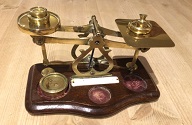

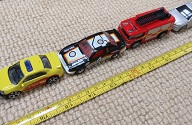
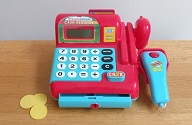
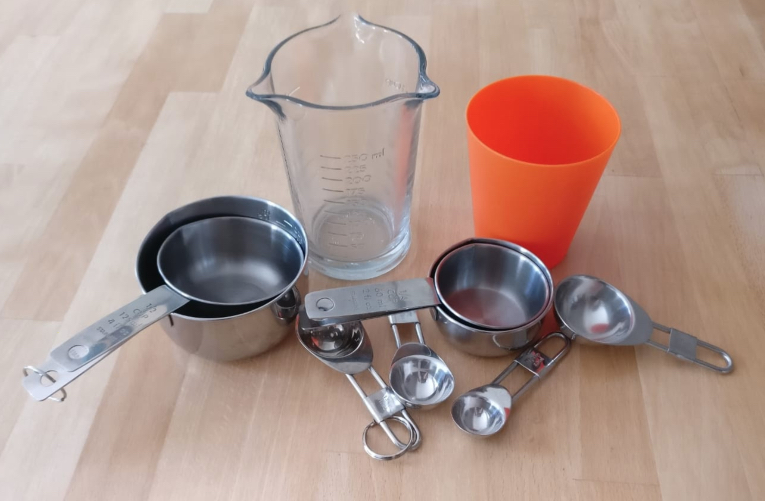
Or search by topic
Number and algebra
Geometry and measure
Probability and statistics
Working mathematically
Advanced mathematics
For younger learners
Cooking with Children
Age 3 to 5
Using everyday language to talk about size, weight, capacity and volume





Children often enjoy joining in with cooking activities.
Adults could provide recipes and equipment, and a safe environment for the children to cook.
The Activity
Children love to cook! It encourages their independence and increases awareness of healthy eating choices. Cooking can also be rich with mathematical language and thinking. The children can follow a simple recipe to bake and cook, from gingerbread men to bread.
Children love to cook! It encourages their independence and increases awareness of healthy eating choices. Cooking can also be rich with mathematical language and thinking. The children can follow a simple recipe to bake and cook, from gingerbread men to bread.
Encouraging mathematical thinking and reasoning:
Describing
Tell me how we are going to make...
How much flour will we need?
Tell me how we made...
Tell me how we are going to make...
How much flour will we need?
Tell me how we made...
Reasoning
What if the mixture is too wet/dry? What do we need to add more of/less of?
Have we added the right amount of...? How do you know?
What if the mixture is too wet/dry? What do we need to add more of/less of?
Have we added the right amount of...? How do you know?
Opening Out
Provide further opportunities for children to follow recipes. For example, they could make play dough.
Provide further opportunities for children to follow recipes. For example, they could make play dough.
Recording
Would it help you remember what is here if you took a photo?
Could we draw/write something so someone else could have a go at making ...?
Would it help you remember what is here if you took a photo?
Could we draw/write something so someone else could have a go at making ...?
The Mathematical Journey
Counting skills:
- saying one number for each object (e.g. when counting out ingredients and spoonfuls)
- remembering the pattern of the number sequence
- understanding cardinality i.e. that the last number gives the total
Shape, space and measure:
Following a simple recipe to:
- use everyday and mathematical language to describe size, weight and quantity (e.g. half, quarter, a little, a lot, heavy, light, kg etc.)
- use scales to weigh out ingredients
Development and Variation
It is good to involve the children in the whole process, if possible. You could start with writing shopping lists, maybe include a trip to the shops to buy ingredients and then allow the children to cook as independently as possible. Encourage the children to read the recipe themselves, counting ingredients and how many spoonfuls or cups they will need.
It is important that the children use their critical thinking skills when following the recipe. Sometimes they might add a small spoonful which won't be enough. With support, they will need to think about how to fix this problem.
A recipe using spoonfuls requires children to use their counting skills, but you could use weighing scales or cups to encourage different levels of mathematical thinking.
It is good to involve the children in the whole process, if possible. You could start with writing shopping lists, maybe include a trip to the shops to buy ingredients and then allow the children to cook as independently as possible. Encourage the children to read the recipe themselves, counting ingredients and how many spoonfuls or cups they will need.
It is important that the children use their critical thinking skills when following the recipe. Sometimes they might add a small spoonful which won't be enough. With support, they will need to think about how to fix this problem.
A recipe using spoonfuls requires children to use their counting skills, but you could use weighing scales or cups to encourage different levels of mathematical thinking.
Resources
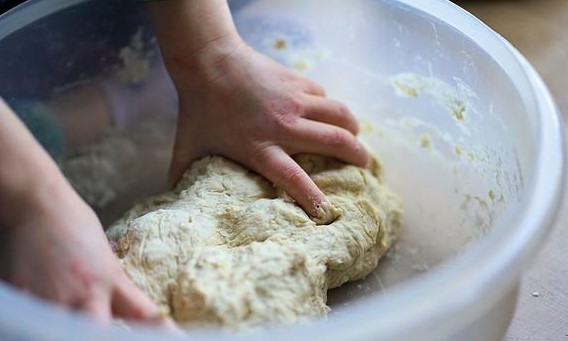 A collection of simple recipes that use visual cues and written number. Try to include a range of different recipes that require increasing skill and mathematical thinking.
A collection of simple recipes that use visual cues and written number. Try to include a range of different recipes that require increasing skill and mathematical thinking.
A bowl and mixing spoon for every child - this is important as it will increase independence and mathematical thinking for every child.
Attractively presented and easily accessible ingredients for children to use in their recipe.
A camera might be useful for taking pictures.
 A collection of simple recipes that use visual cues and written number. Try to include a range of different recipes that require increasing skill and mathematical thinking.
A collection of simple recipes that use visual cues and written number. Try to include a range of different recipes that require increasing skill and mathematical thinking.A bowl and mixing spoon for every child - this is important as it will increase independence and mathematical thinking for every child.
Attractively presented and easily accessible ingredients for children to use in their recipe.
A camera might be useful for taking pictures.
Download a PDF of this resource.
With thanks to Anna Tanton and children at Ludwick Nursery School who were the inspiration for this activity.


